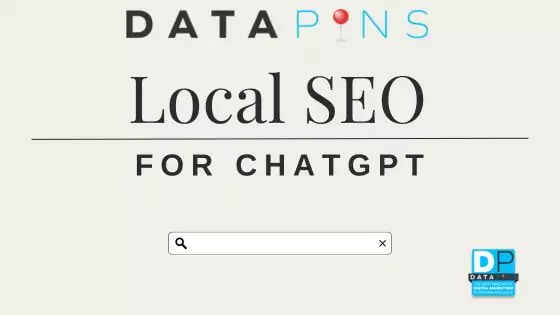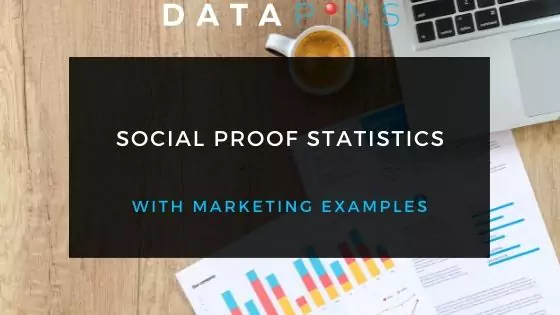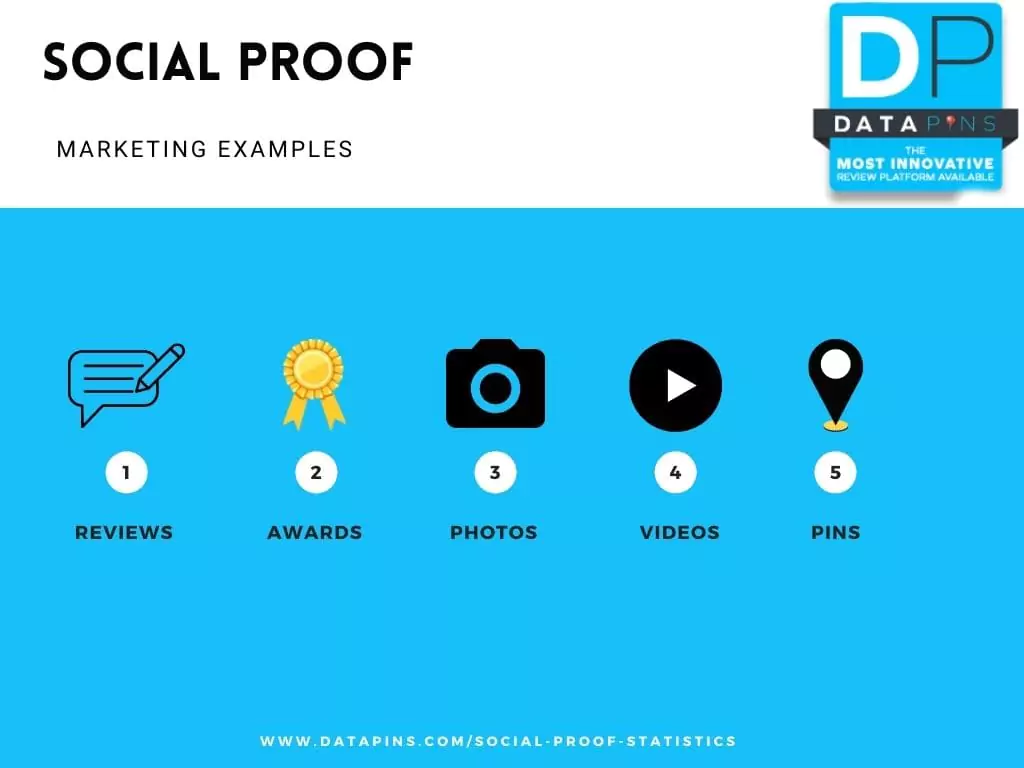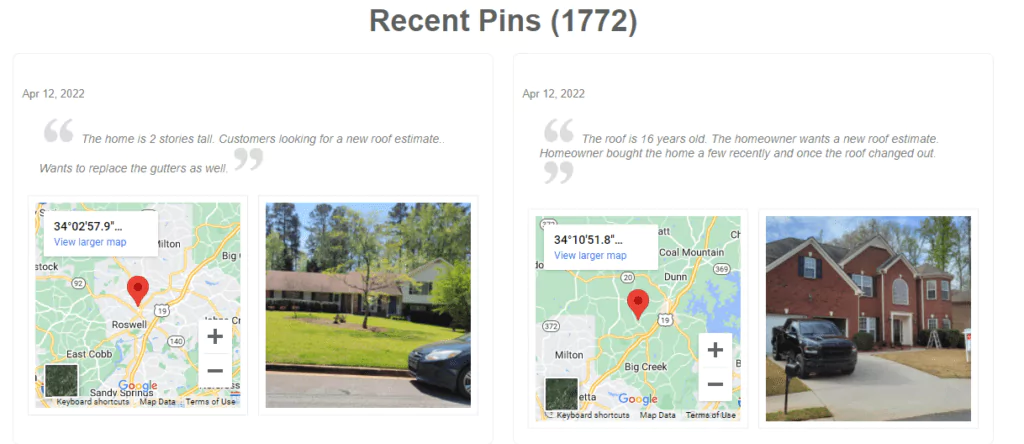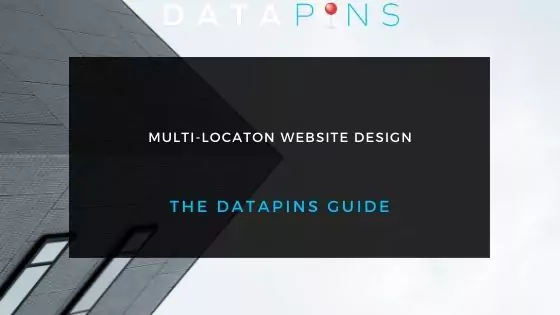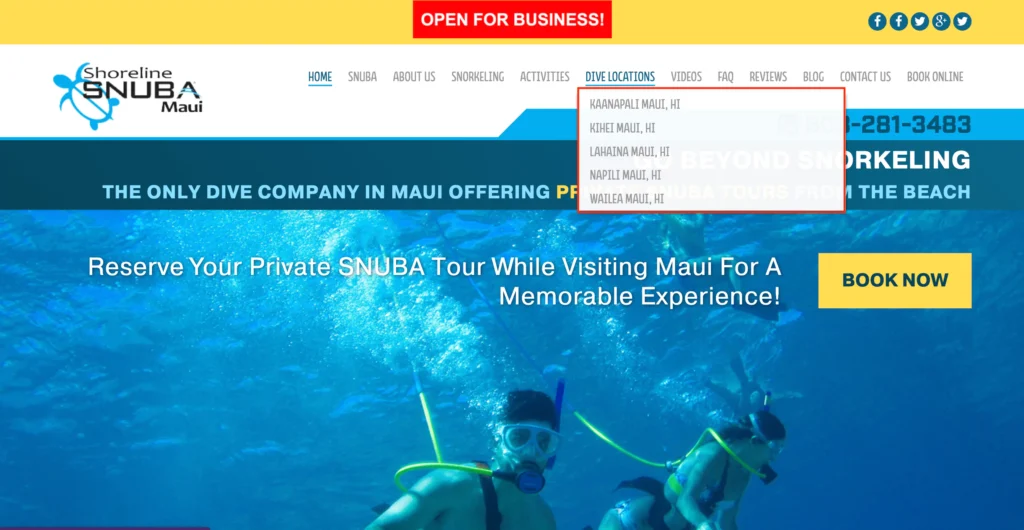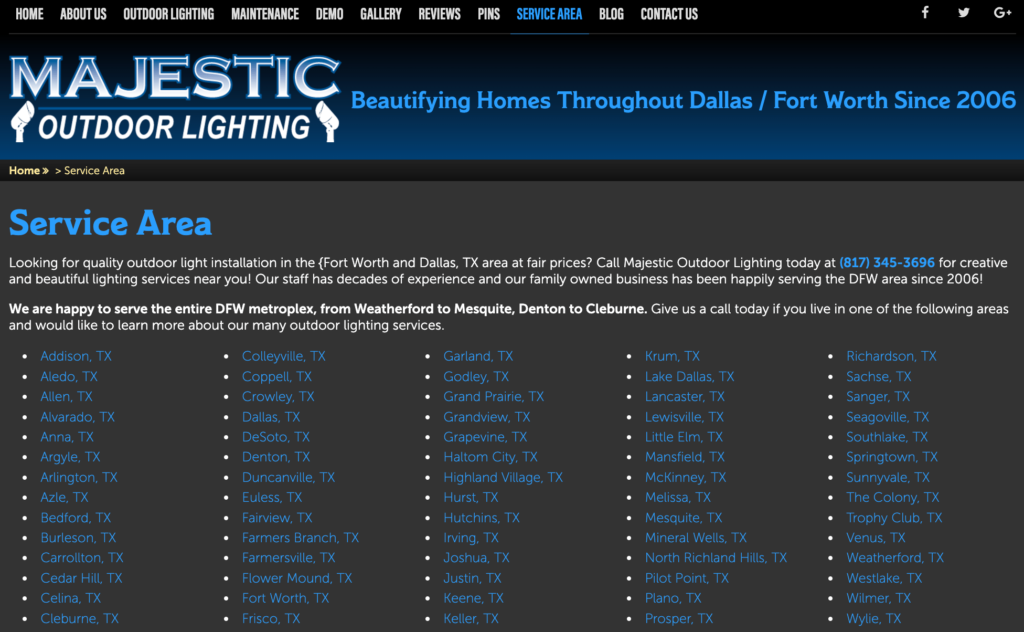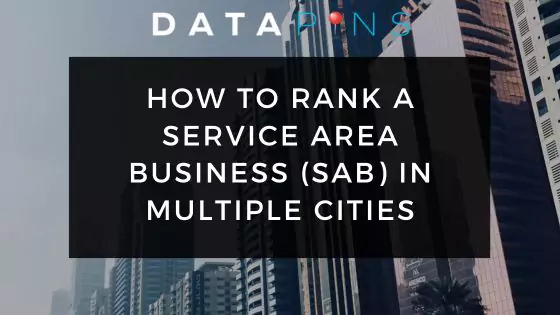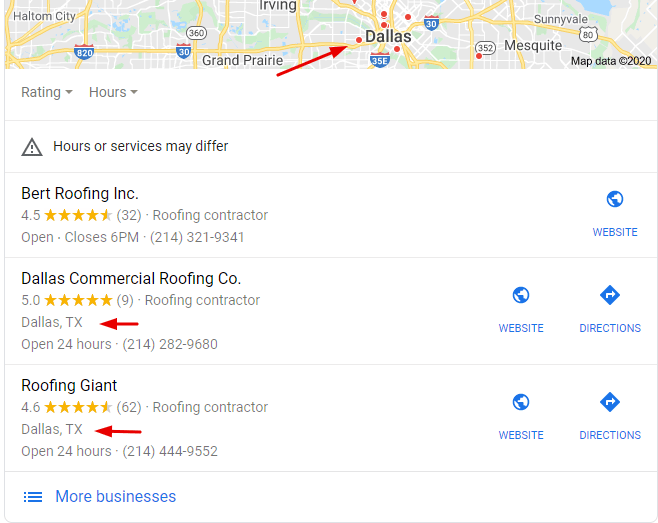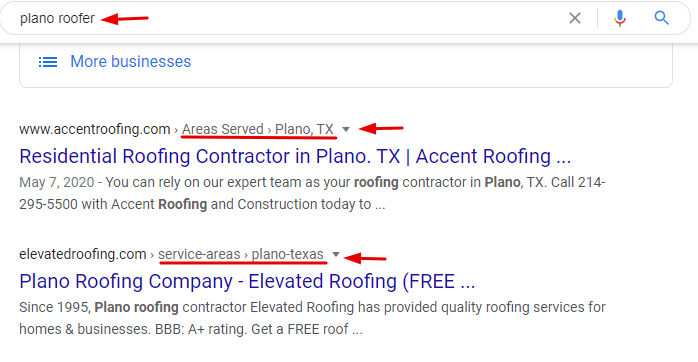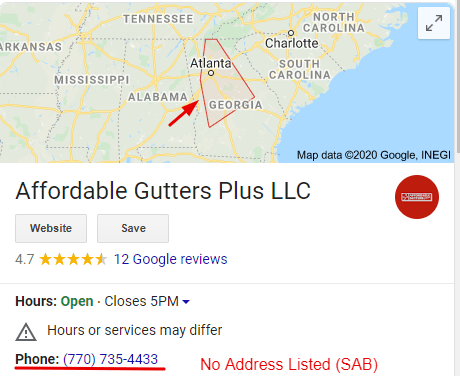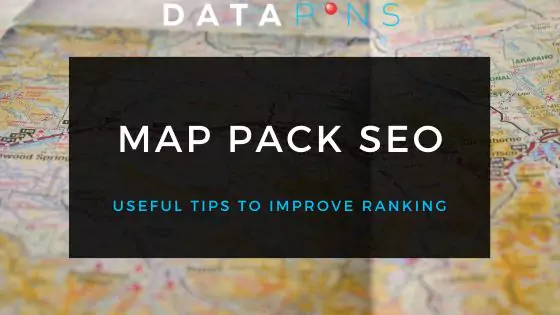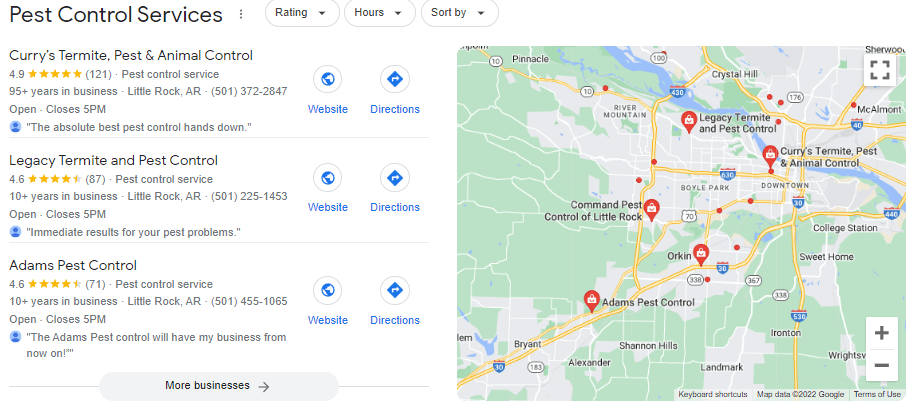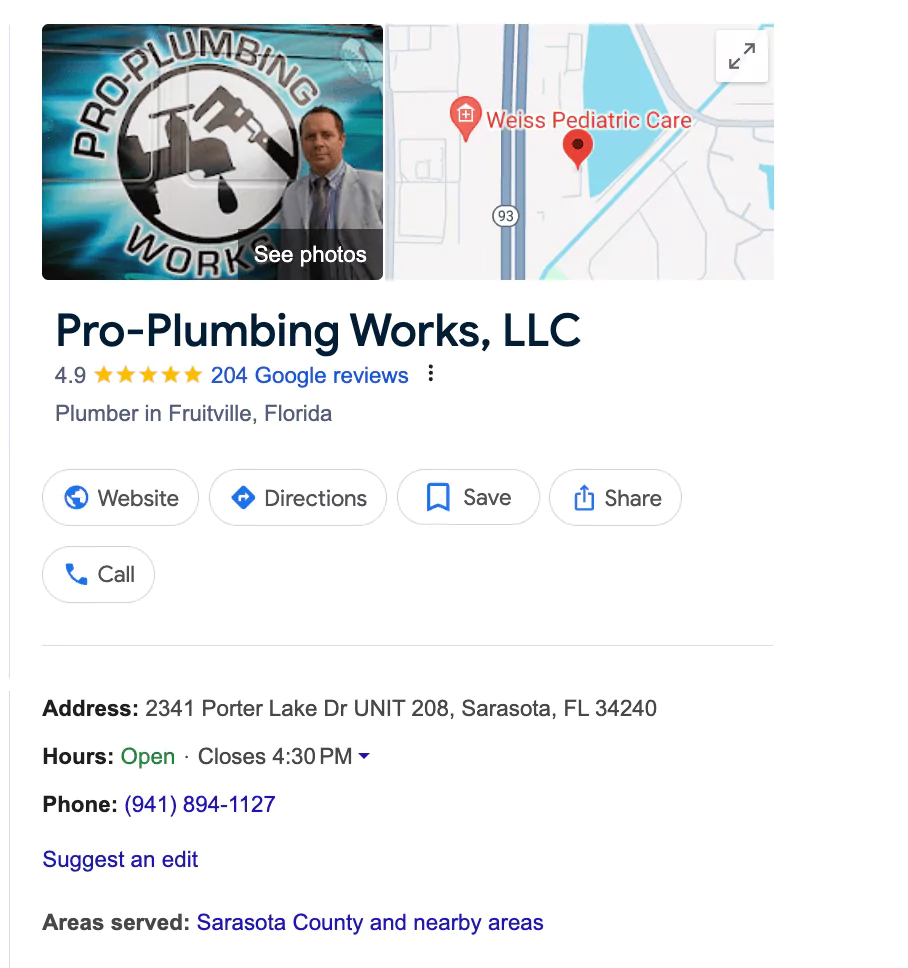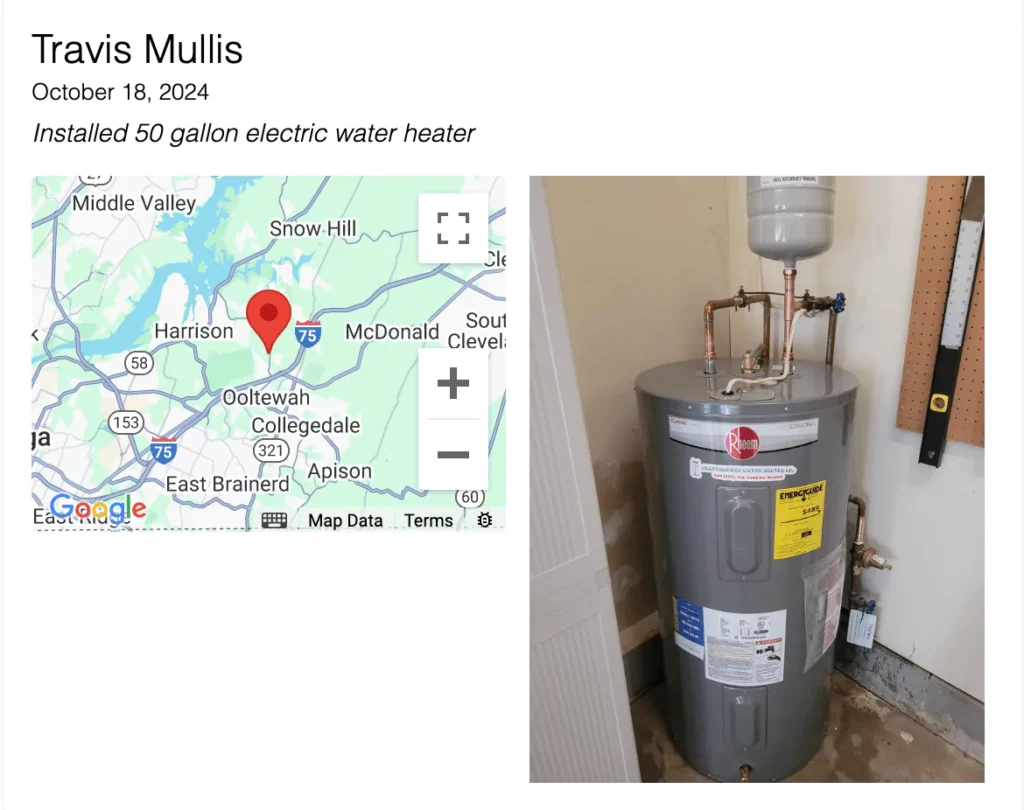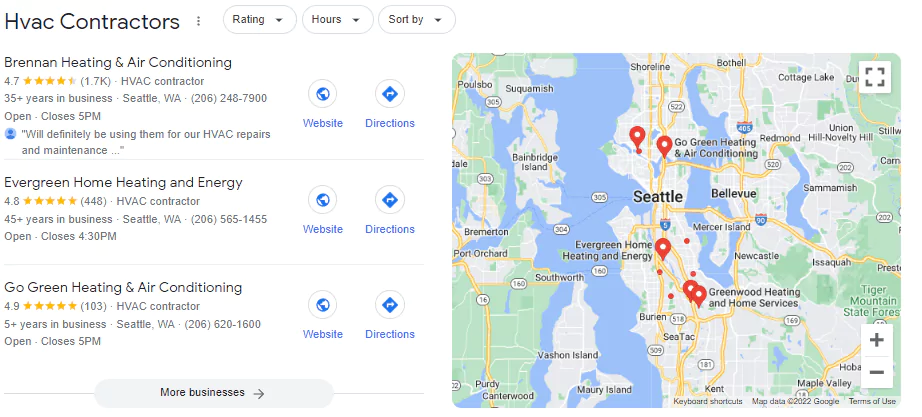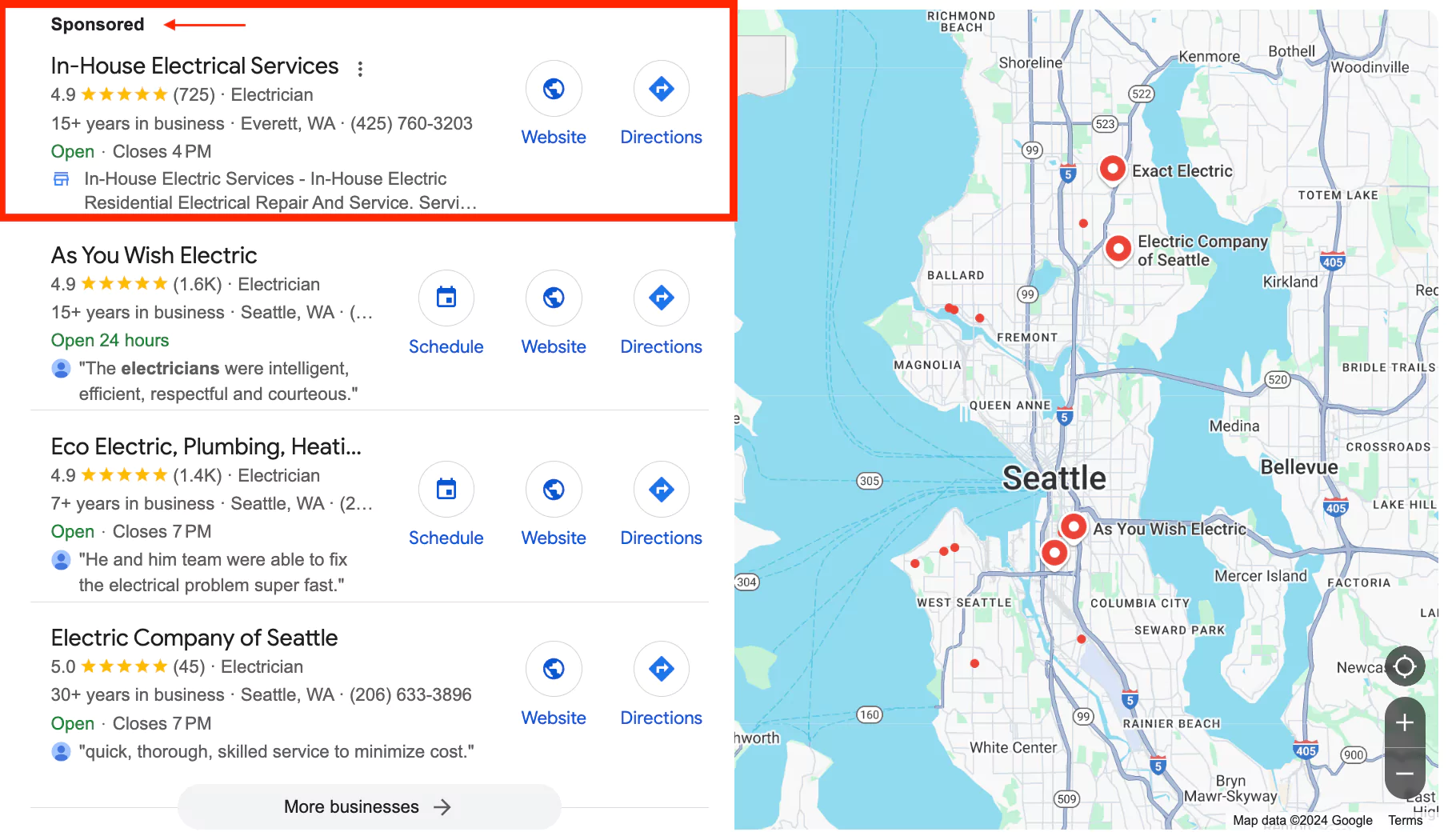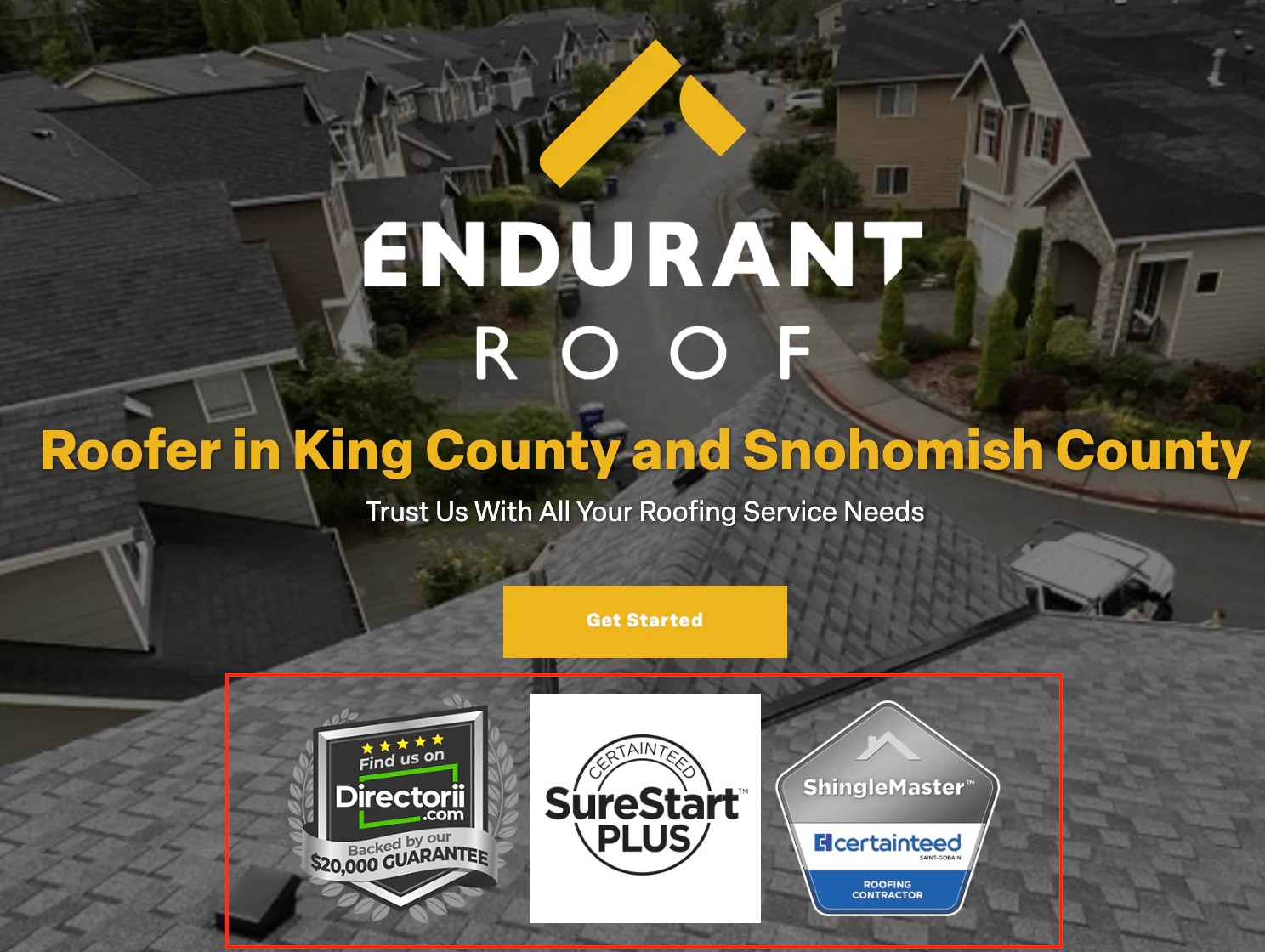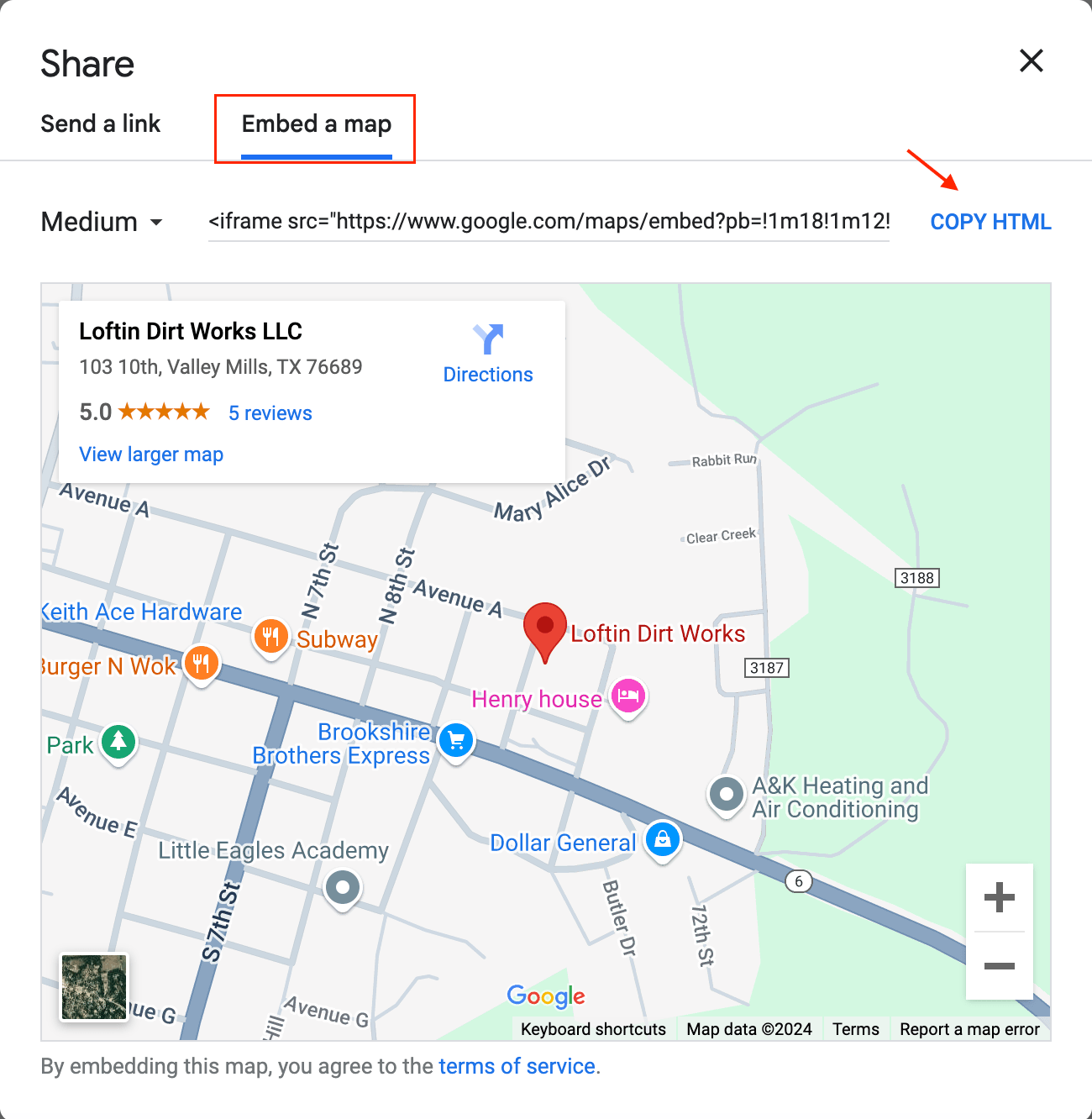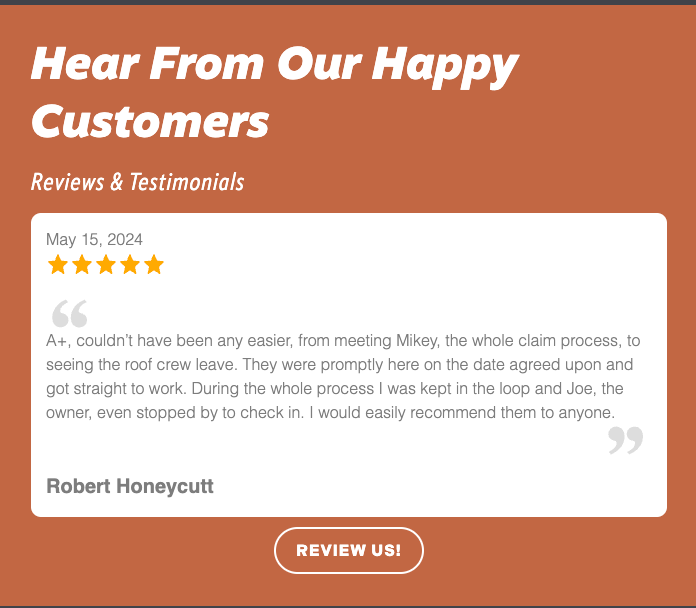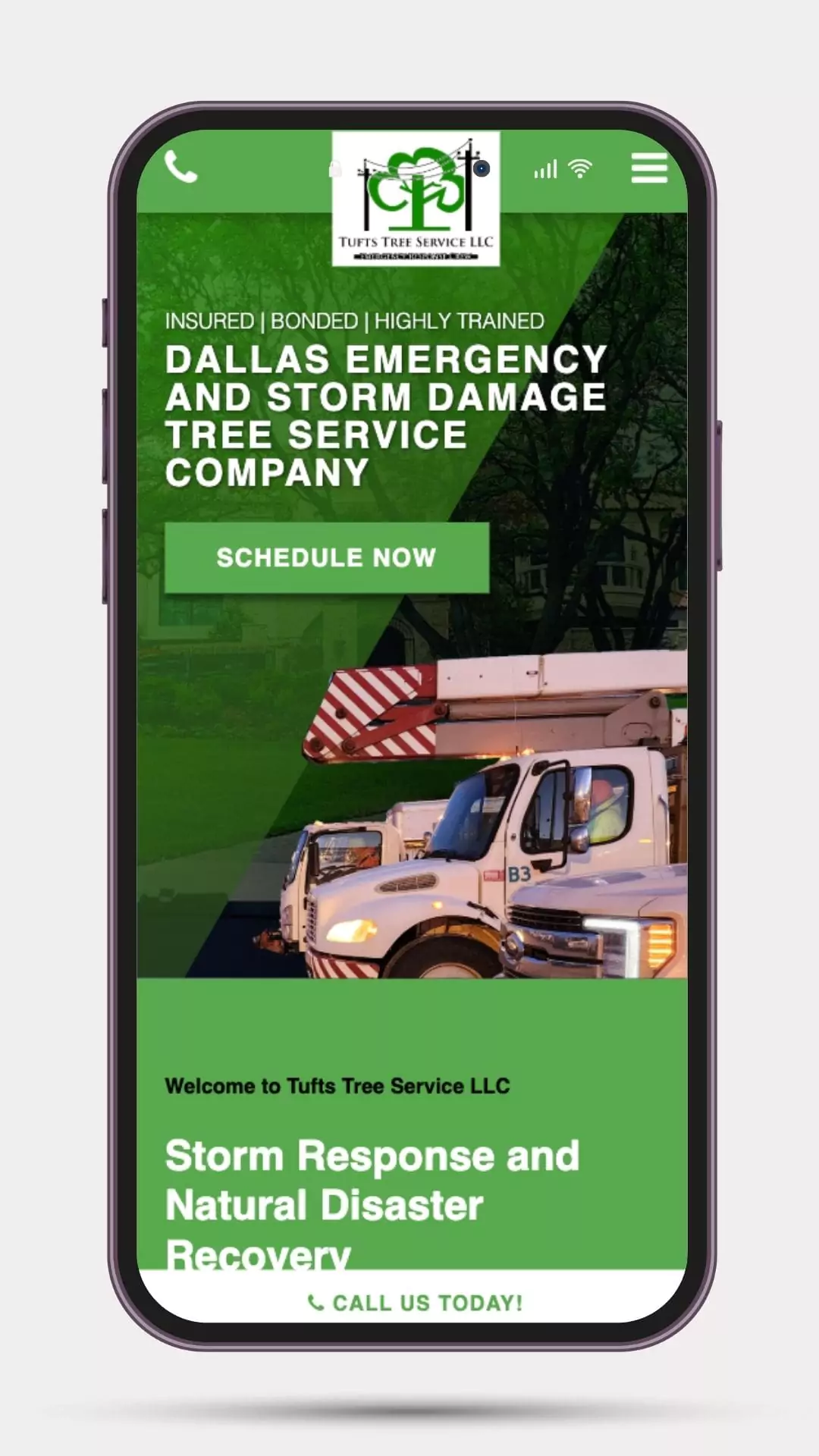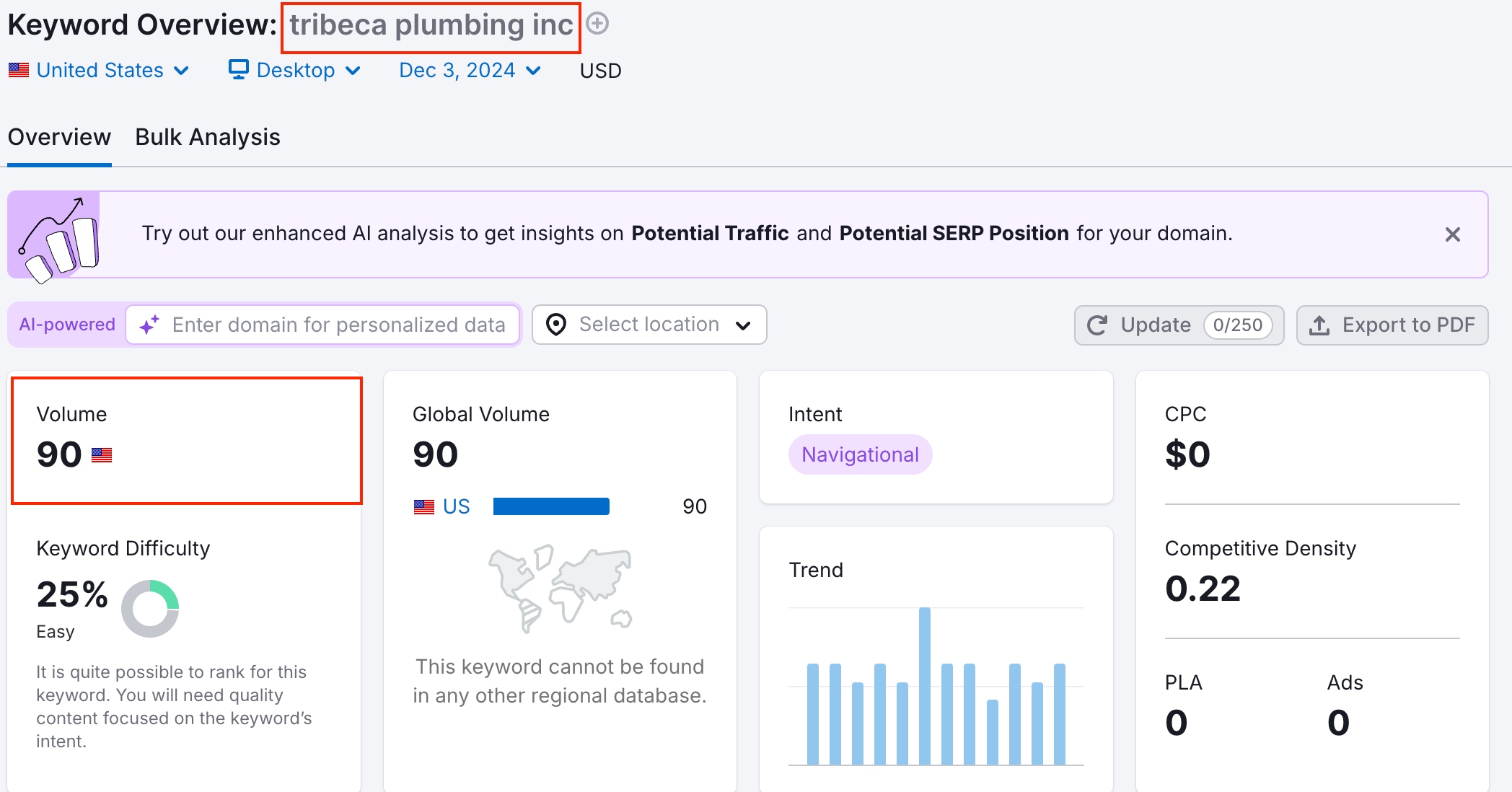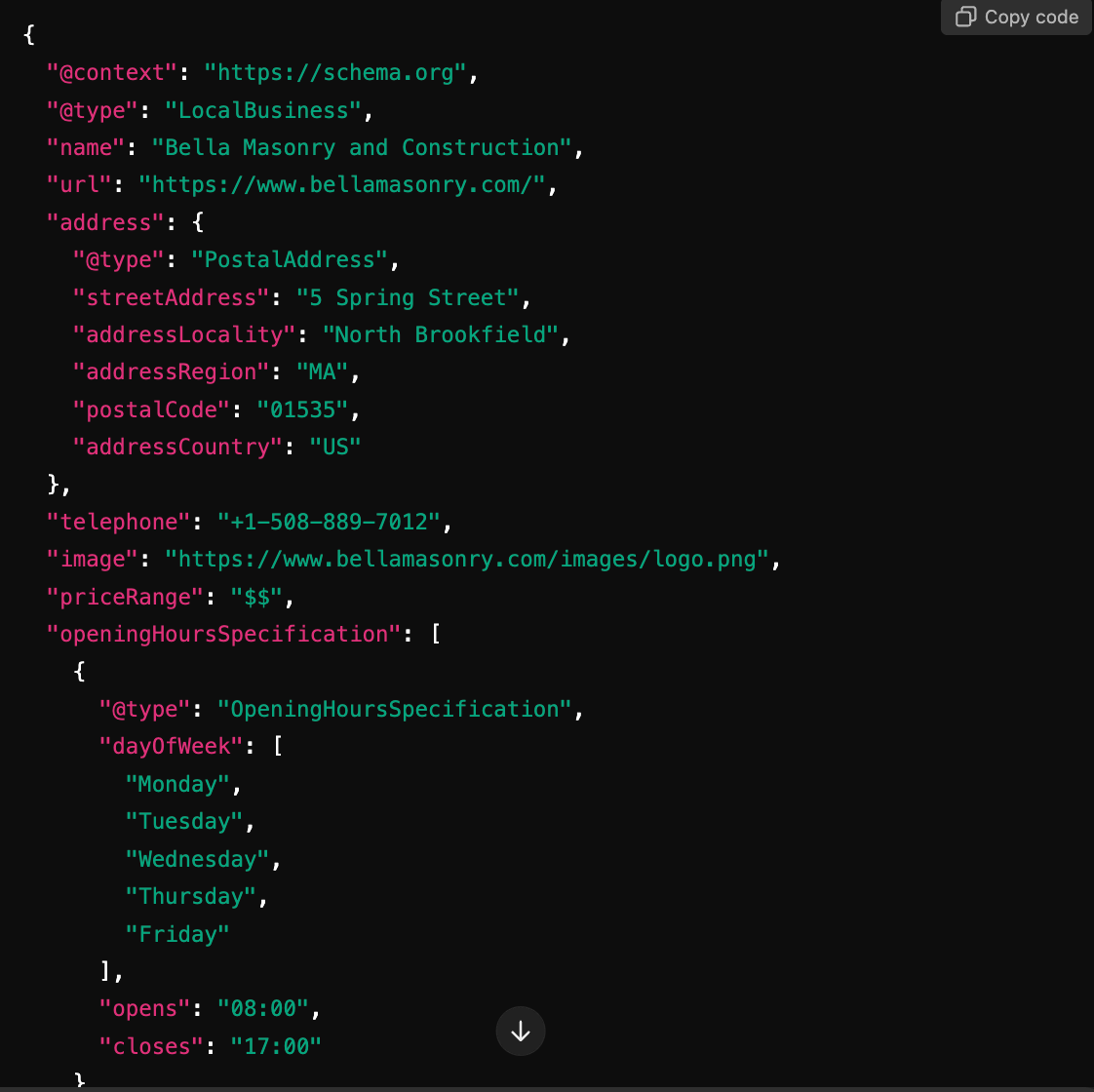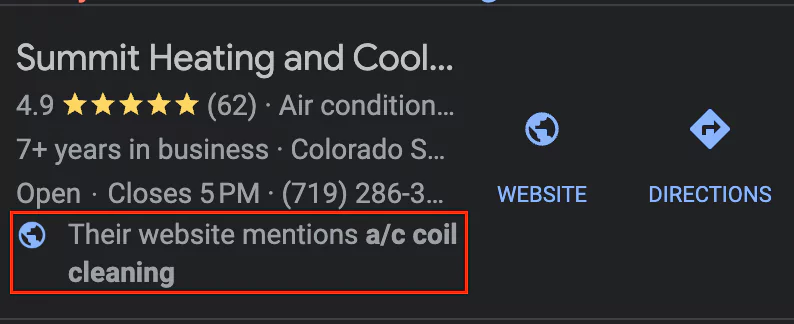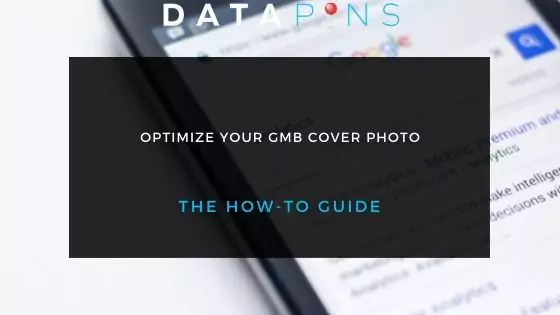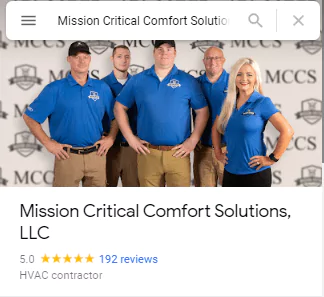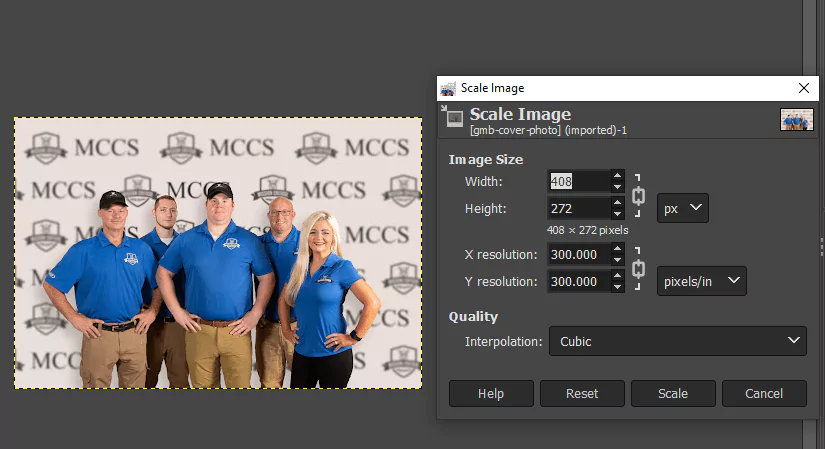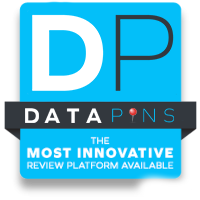Learning how to rank on ChatGPT is the new wave of search engine optimization, even if the numbers don’t yet do it justice.
While ChatGPT’s 5.4 billion monthly users are impressive, it still pales in comparison to Google’s 139.9 billion.
Here’s a little secret: These numbers always have a delay, meaning more people search on ChatGPT than is reported.
Ask your friends and neighbors how they find information online, and you will notice that more and more people are mentioning ChatGPT and how much better it is than Google.
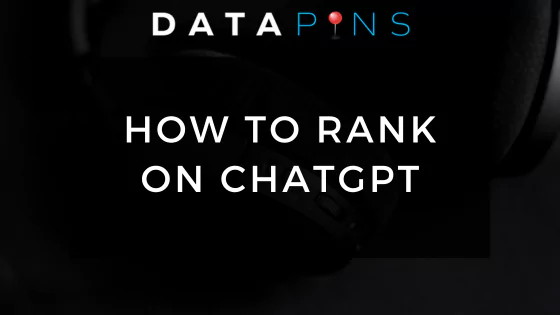
Even if we believe the numbers from recent projections, ranking on ChatGPT is still worthwhile, as it helps your business gain a slight competitive advantage over those who ignore this evolving trend.
Perhaps more importantly, we are merely in the early stages of a clear digital revolution and a fundamental paradigm shift in search behavior.
Much like SEO influenced decades of Google search rankings, your AI strategies will determine how well your website ranks on ChatGPT search.
In the following guide, DataPins will outline how to rank your website on ChatGPT in 2025.
Understanding How ChatGPT Ranks Content
ChatGPT doesn’t “rank” content in the way that Google and other traditional search engines do. However, it does prioritize websites, brands, businesses and products in its responses.
In that sense, saying ChatGPT does or does not “rank” content is a matter of semantics.
For businesses with websites, the goal is to appear at the top of ChatGPT’s responses for queries that lead to new customers.
Here are the known factors ChatGPT considers when ranking content:
- Brand Mentions: Consistent and favorable mentions of a brand across multiple credible platforms
- Relevance: Relevance to the ChatGPT user’s input based on semantic meaning, keyword matching, and contextual cues.
- Reviews: Verifiable customer feedback on credible review platforms like Google and Yelp.
- Authority and Trust: Much like Google’s EEAT standards, ChatGPT looks for evidence of trust and credibility before relying on a source.
- Weighted Training Data: ChatGPT knowns which of its training data sets are most credible, such as scientific research papers
- Jobsite Check-ins: ChatGPT pulls specific job data from jobsite check-ins or pins
Every ChatGPT user will get a different response, meaning “rankings” are less consistent than on traditional search platforms like Google.
Nevertheless, consistently appearing in AI-generated responses from ChatGPT will lead to website traffic, branded searches, and consumer confidence.
6 Proven Ways to Rank on ChatGPT Search
1) Allow ChatGPT to Crawl Your Website
Much like indexing is the first step to ranking on Google, opening your website to ChatGPT crawlers is the foundation of ranking on their platform.
In most cases, AI crawlers can access your website unless strictly prohibited (which would require blocking them through your robots.txt file)
However, some websites take this further by explicitly asking ChatGPT to crawl its website.
For example, you can modify your robots.txt file to enable AI indexing while restricting sensitive areas.
Some may experiment with llms.txt file to provide AI with structured guidelines for understanding your content hierarchy and key information, though this is not a commonly recognized standard.
These additional steps are usually unnecessary for small business websites, as ChatGPT can already access your content by searching the web through search engines like Bing.
2) Actively Pursue Brand Mentions
In traditional SEO, links are considered the currency for building a website’s authority. With ChatGPT, the brand mentions this currency.
Companies should actively pursue brand mentions, whether they result in a backlink. The most effective brand mentions appear on articles or blog posts that cover your main topic.
Even better is the list of articles, such as “The 10 best pest control companies in Spokane, WA.” When ChatGPT trains its LLM on this article, the listed brands become part of its base knowledge.
Businesses can pursue brand mentions through email outreach to bloggers and investing in digital PR services.
Brand mentions can also occur organically for active companies in their offline communities.
Additionally, a strong social media presence on Facebook, Instagram, TikTok, and YouTube typically increases brand mentions.
3) Publish AI-Friendly Web Content
The point at which SEO and ChatGPT optimization overlap is quality website content. Like Google, ChatGPT values content that uses natural language processing and satisfies user intent.
From this standpoint, you don’t need to alter your SEO strategy much unless you still engage in old-school spam, like keyword stuffing and hidden links.
If you’ve adapted to Google’s newest standards, which are rooted in the Helpful Content Update and EEAT guidelines, you’re already publishing ChatGPT-friendly content.
A well-structured website hierarchy is another overlapping factor with Google and ChatGPT, as your pages and posts should be easy to access from your homepage.
Your content formats should follow a logical structure with topical headings and a natural progression for readers.
4) Manage Reviews and Reputation
Since ChatGPT relies heavily on credible platforms to prioritize responses, your reputation on Google Business Profile, Yelp, Better Business Bureau, and TrustPilot can all influence visibility.
Any competent Local SEO strategy will already include an automated system for requesting customer reviews.
To increase ChatGPT visibility, it’s essential to accumulate customer feedback on multiple platforms beyond Google.
To show consistent activity regarding your business, make it a habit to respond to every customer review on every platform, whether positive or negative.
If you don’t yet have listings on the major review platforms, create one and list accurate contact information.
Read Our Guide to Local SEO for ChatGPT
5) Participate in Online Discussions
ChatGPT often browses the web when formulating responses to user queries, meaning that high-ranking Reddit and Quora threads can influence the final response.
If your website’s primary topic often yields Reddit or Quora threads on traditional search results, it will influence ChatGPT’s output.
You can help control the narrative about your business by participating directly in these threads.
There’s one important caveat: forum users can easily spot spammers and scammers and will gladly delete your posts if they are found to be nefarious.
Considering this, your forum participation should be completely organic and only emerge in the context of a natural discussion.
6) Showcase Jobsite Check-ins
Showcasing your actual jobs directly on your website is a powerful way to appear in ChatGPT answers.
Tools like DataPins allow contractors to create pins for each job, consolidating jobsite check-ins, images, schema markup, mini-maps, and geo-coordinates into an expansive content signal for AI.
ChatGPT has already shown that they pick up these pins directly and show them in their responses.
Pin-based responses help companies stand out, prompting ChatGPT to describe a specific service performed instead of the generic SEO copy used in standard web content.
Not only does this help websites “rank” #1 in ChatGPT searches, but it also makes their company look far more credible than the subsequent listings.
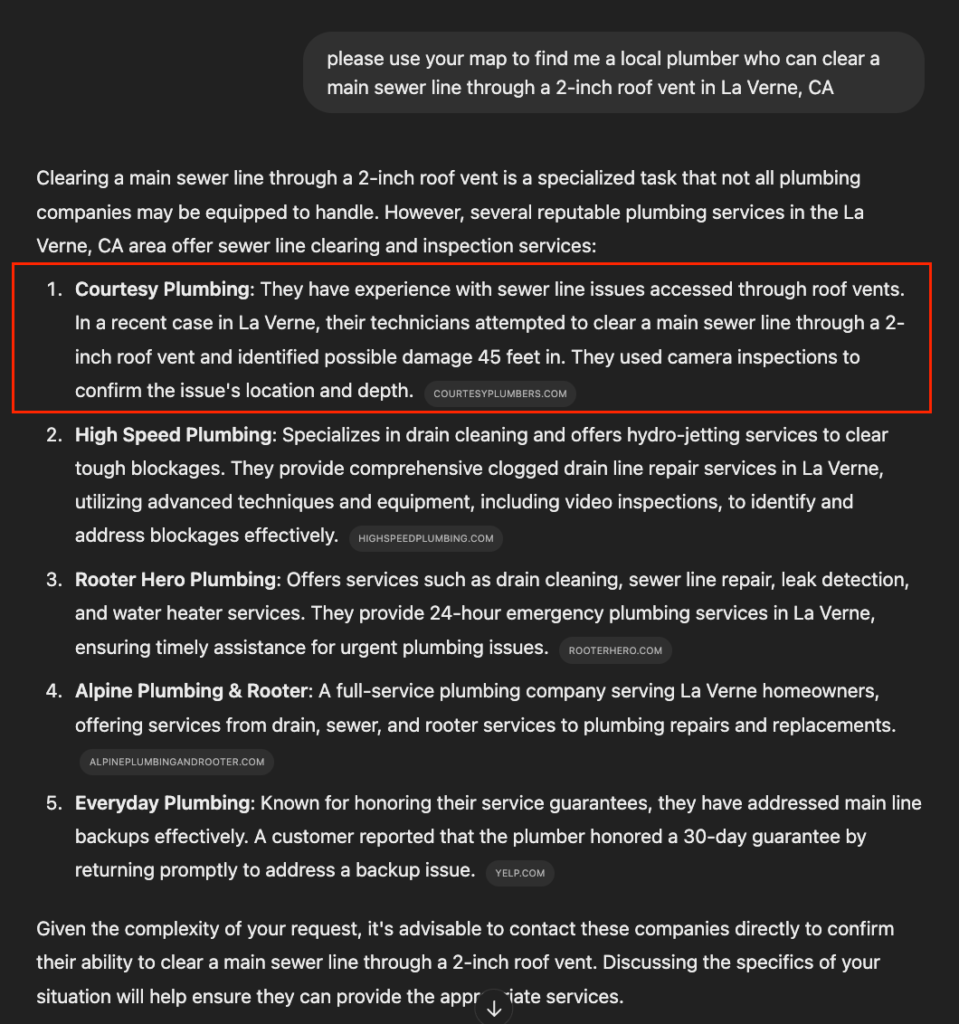
Tracking and Measuring ChatGPT Traffic
It’s impossible to fully measure ChatGPT traffic or mentions since the platform is somewhat of a “black box,” and not all responses generate links to the source.
That said, there are methods for getting a general measurement of ChatGPT website traffic.
The best method is UTM tracking in Google Analytics 4.
Using Google’s Campaign URL Builder, anyone can create a unique UTM link with parameters like source (chatgpt), medium (referral), and campaign name (chatgpt_mention).
After completing this setup process, navigate to Acquisition reports and filter by UTM parameters.
This is far from a foolproof system, as some of the traffic signals may be misattributed or lost.
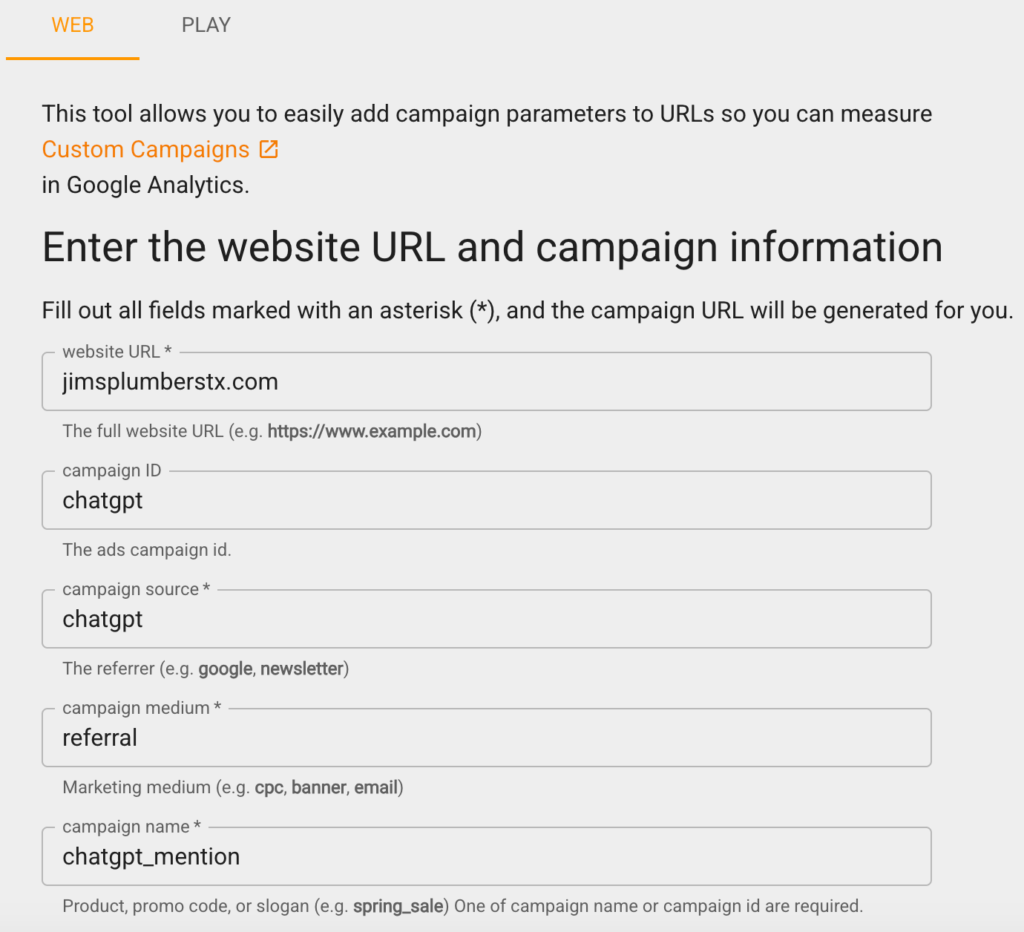
Future Trends in ChatGPT & AI Search Rankings
Google’s market share remains dominant, and homeowners will not soon abandon the powerhouse.
Nonetheless, ChatGPT is now making its mark on search behavior, even if its significance is not yet apparent in the data.
Optimizing your website to rank on ChatGPT is an obvious move today, and if you choose to put it off, it will become an unfortunate regret tomorrow.
We already know the factors influencing ChatGPT rankings, such as brand mentions, reviews, jobsite check-ins, and brand authority.
While many of these overlap with a modern SEO strategy, the importance of brand mention grows.
Building a legitimate digital brand will be the foundation for your ChatGPT rankings for the next decade.
Whether that means acquiring more customer reviews or generating more digital branded signals through pins and jobsite check-ins, the objective is clear.
ChatGPT answers are highly personalized and will not directly mirror traditional search results. However, the foundational goal remains constant: to drive more website traffic and ultimately get more business.
Pins can help you generate AI-friendly content today, allowing you to rank your website and brand more frequently on ChatGPT search.

